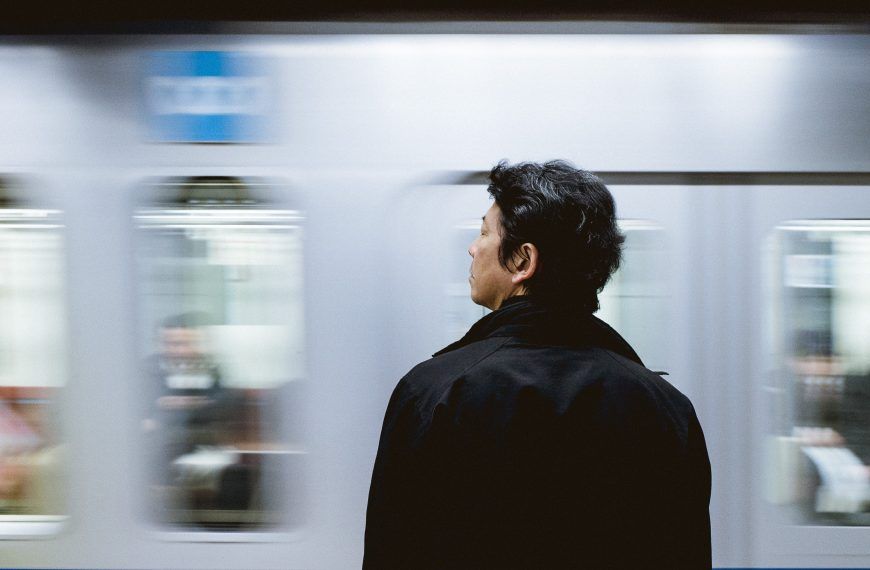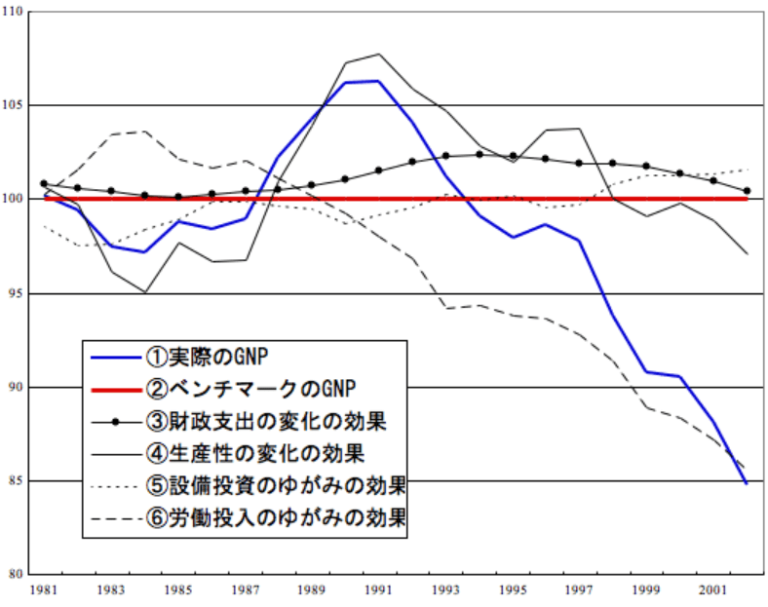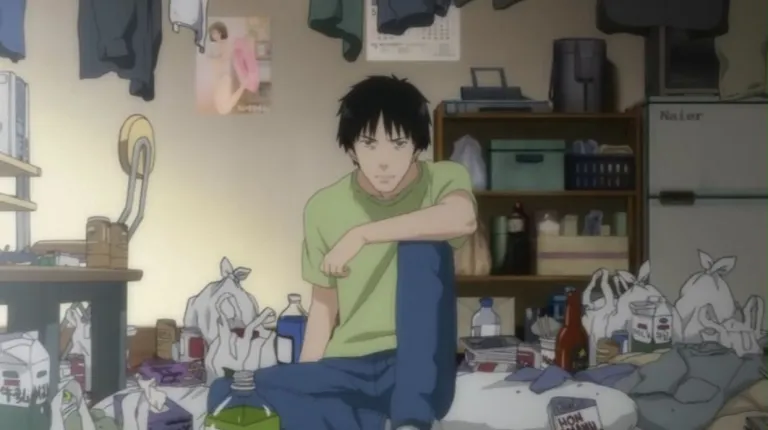
Japan is facing a silent crisis whose consequences hold far more vocal outcomes and may be spreading across borders.
引きこもり (Hi-ki-ko-mo-ri) is a Japanese word referring to severe social withdrawal.
The word is a combination from the verb 引く (hi-ku) which means “to pull” and the verb 込む (ko-mu) which means “to stay” or “remain”. Hence, a hikikomori is one who pulls away from society, usually to remain in some state of percieved safety.
Hikikomori are predominantly young adults, primarily male, and usually supported by their parents. Similar to the phenomena of agoraphobia (a condition where sufferers become anxious in unfamiliar environments) hikikomori are characterised by a self imposed solitary lifestyle. They will completely reject interaction with the outside world and remain in their homes for prolonged periods of time. One of the most common reasons for social withdrawal stems from bullying or harassment at school or work. Those who become recluse, often do it as a means of avoiding harassment, or societal expectations.
Hikikomori tend to experience decreased quality of life relative to their peers, oftentimes due to existing mental health issues. Academic studies suggest hikikomori face higher rates of depression, anxiety and suicide.
Rising in silence
Japan has a hikikomori problem. The nation is already believed to have an estimated 1 million Hikikomori, and that number isn’t set to decline anytime soon. In fact, it is predicted to grow – exponentially. Some Japanese sociologists put the real current number closer to 2 million, and that could rise to 10 million by 2030 if policy makers and economists don’t find appropriate solutions. Rising hikikomori cases could have severe consequences for Japan, from devastating the economy to contributing to the already declining birth rates.
Even worse, the phenomena of Hikikomori is no longer mutually exclusive to Japan, with similar cases now being reported internationally throughout East Asia, Europe, and the Americas.
Japan’s experience with this uniquely modern social epidemic can help us to understand the phenomena more, and allow policy makers in other nations to implement proper strategies to prevent the issue from worsening.
The Hikikomori phenomenon was initially observed in the 1970s, but became a much larger problem in the 1990s when the Japanese economy began to slow down. The economic environment became more hostile, and made it much harder for the younger population to find and retain employment, pushing many into social withdrawal. This has caused the “8050” problem, where the hikikomori from that generation are coming into their 50s, and are still being supported by their parents who are coming into their 80s.

Cultural portrayal
The most mainstream portrayal of hikikomori culture was done by the 2006 anime called Welcome to The NHK, which portrayed the life of Satou, a 22 year old university dropout.
The theme of mental illness is ever present, as Satou struggles with hallucinations, anxiety and suicidal thoughts all throughout the series. He resides in a small Tokyo apartment, and leads a meagre lifestyle, as he fully depends on his parents’ allowance to live. The character shows how the economic impact of hikikomori differs from traditional households.
As hikikomori usually do not work, they do not contribute as much in taxes, and have substantially lower, if any income. Furthermore, the goods that they do buy, skew heavily towards entertainment rather than more common expenditures such as housing, transportation or investments. Hence, hikikomori have a smaller impact on economic growth compared to traditional working households. This is only made possible due to the financial support of their parents.

Experts claim that family oriented societies and cultures are more predispositioned to have a hikikomori problem. For example, Spain and South Korea are both nations where family values are highly upheld and it is not uncommon for adolescent children to live with their parents. Both nations hold far more Hikikomori-like cases compared to nations with similar GDPs and populations. Given that the two nations are on different continents, it highlights the international nature of the uniquely Japanese description of Hikikomori.
Economic impact
The increasing numbers of Hikikomori is not only a social issue, it also holds severe macroeconomic consequences. A society’s production and consumption possibilities decrease as more people withdraw from it. This means that the nation state loses valuable economic agents, who could have been paying taxes as well as producing and consuming goods. As the population continues to age, the government will have to provide more people with pensions, and the workforce will be more burdened with increasing social protection and benefits endowments.
This means less income will be diverted to infrastructure, education and other programs, many of which help stimulate and contribute to economic growth. Additionally, consumers will have less income to spend, leading to a decrease in consumption, another component of economic growth. Furthermore, an ageing population means a smaller labour force, which is a major component of production. Therefore, the consequences of the rising number of Hikikomori impacts many different aspects of a nation, from the economy, to the national quality of life, and the government’s ability to leverage taxes to amend the issue in the first place.
Conculsion
Several government measures are already being taken to prevent the Hikikomori crisis. Prime-Minister-Yoshihide-Suga-has-appointed-Tetsushi Sakamoto-as-Japan’s first “Minister of Loneliness” with the sole purpose of addressing this growing phenomenon. Support centres are being created around the country, most notably in the Fukuoka prefecture, where Hikikomori are encouraged to face their fears of the outside world, and come together in support groups to aid reintegration into society.
A notable private measure has been the creation of Rent-a-Sister programs, where volunteer women can converse and befriend hikikomori. However, despite government and private efforts, the impact of the measures has been minimal, due to the continuing rising number of hikikomori.
Yuriy Bedenko
Co-Author
Aijun Hall
Co-Author
